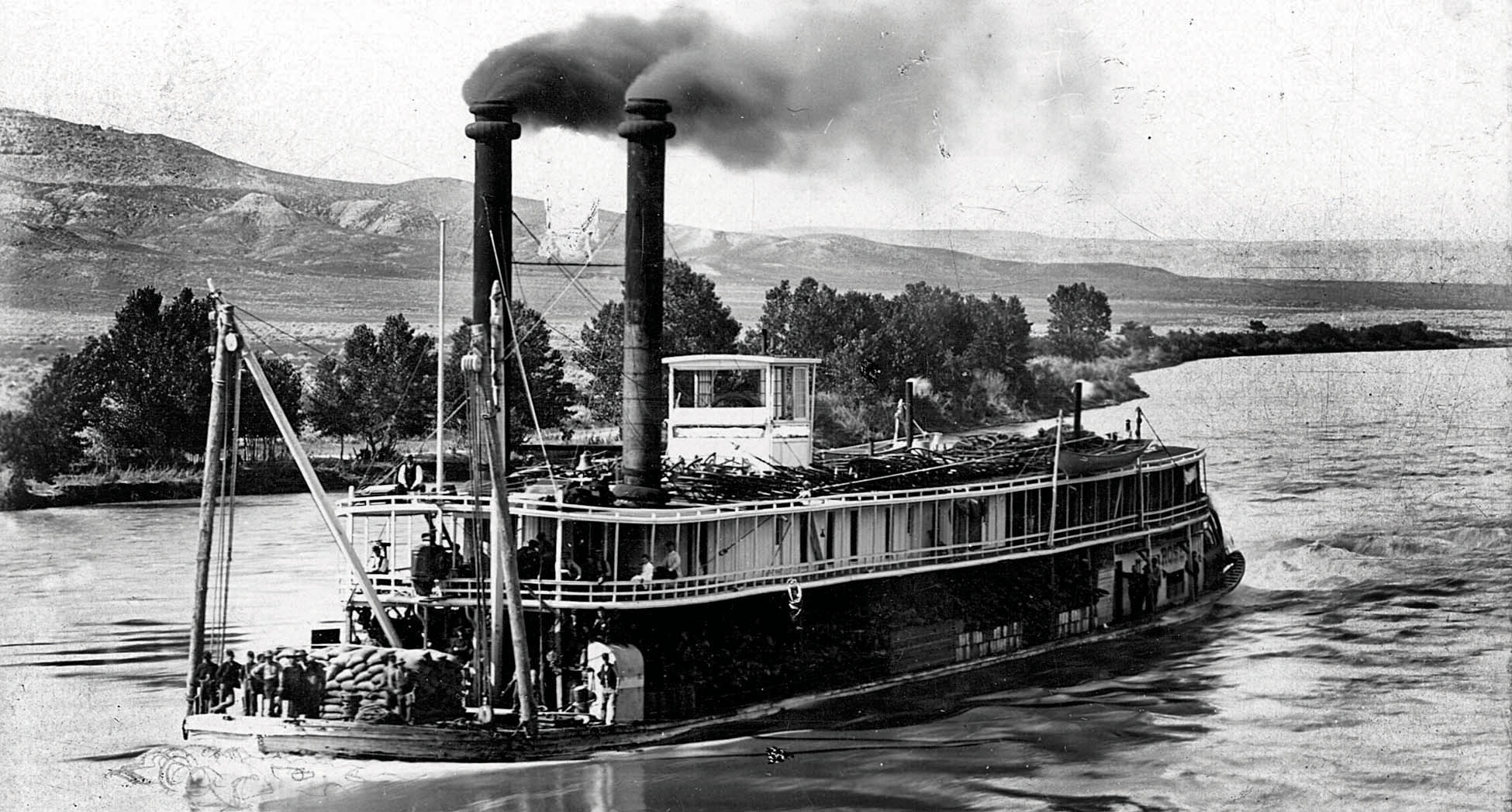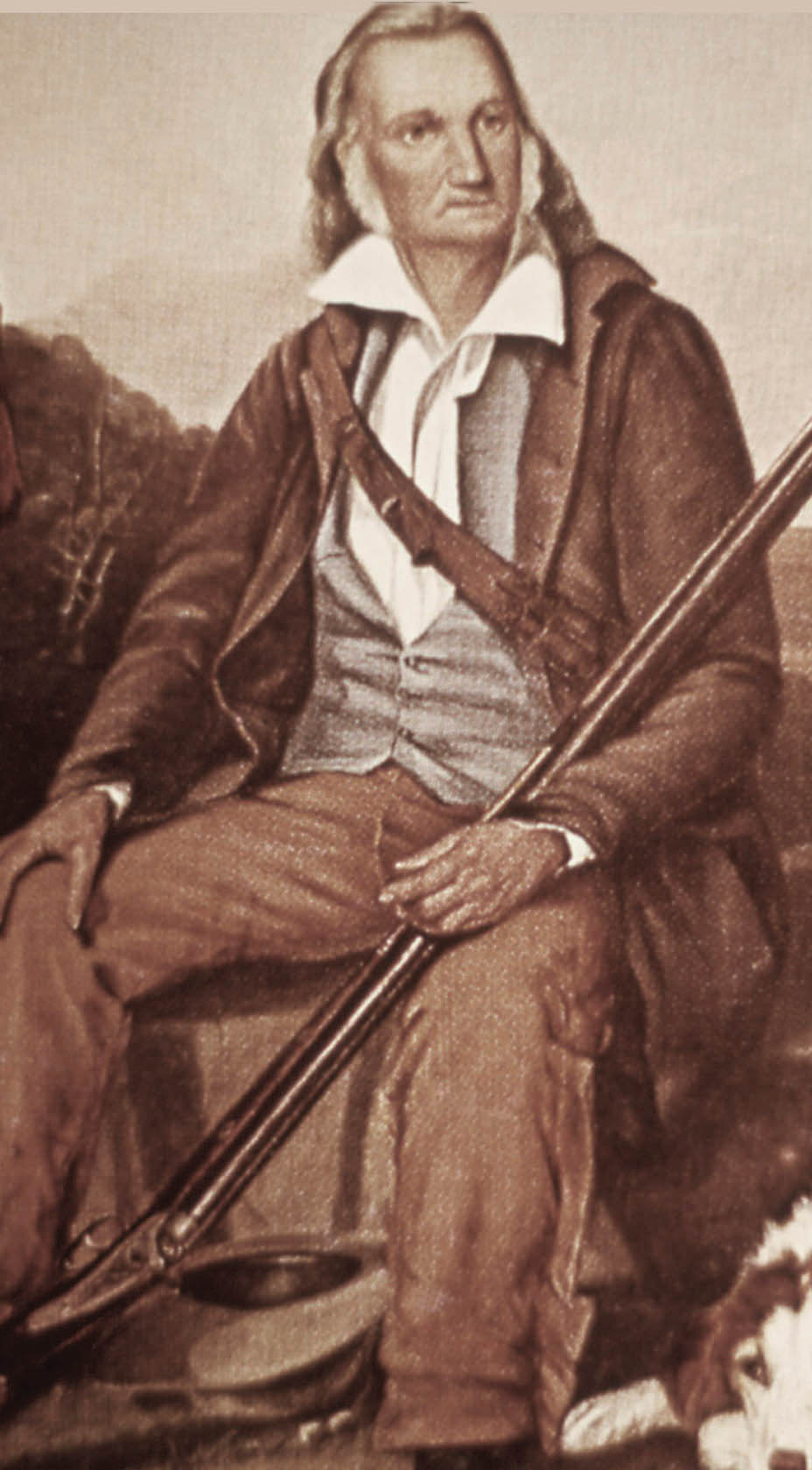In the early 1830s, a new method of transportation reached North Dakota. It could carry more cargo, go upstream easier, travel longer distances, and go much faster than a keelboat. This fantastic new form of transportation on the Upper Missouri was the steamboat.
A steamboat called the Yellowston• First steamboat to travel on the Missouri River in 1832
• Sailed from St. Louis to Fort Union steamed up the Missouri River and reached Fort Union in 1832. After its cargo was unloaded, it was then loaded with furs for its trip back downstream. The next year, the Yellowstone was joined by another steamboat, the Assiniboine. Soon, steamboat traffic on the Upper Missouri was a common sight. Steamboats, like keelboats, could not travel up and down the Missouri River in the winter, so during the summers, each boat would try to make as many trips as possible before the river froze over.
Steamboats brought many visitors up the Missouri River to the forts. George Catlin,• Artist who became famous for his drawings and paintings of American Indians from several different tribes
• Visited Fort Clark and Fort Union an artist, came to Fort Clark and Fort Union aboard the Yellowstone. He reported that Fort Union was the largest and best-built fort on the river. Catlin became famous for his drawings and paintings of Indians from several different tribes. One of his subjects in 1832 was Four Bears, the Mandan chief. Hundreds of Catlin’s drawings and paintings of American Indians are now on display at the American Art Museum of the Smithsonian Institution in Washington, D.C.

Figure 64. The Rosebud was one of the steamboats used on the Missouri River. (SHSND C0634)

Figure 65. John James Audubon is known for his paintings of birds.(National Park Service)
Another visitor at Fort Clark and Fort Union was a German scientist named Prince Maximilian.• German scientist who studied and wrote reports on the customs of different American Indian tribes
• Wrote reports about animals, plants, minerals, and other things of nature in the Upper Missouri area
• Brought artist Karl Bodmer along
• Visited Fort Clark and Fort Union Maximilian wrote in his journal about the customs of different Indian tribes. He also studied and wrote reports about animals, plants, minerals, and other things of nature in the Upper Missouri area.
In order to help him record his findings, Maximilian brought an artist along by the name of Karl Bodmer.• Artist who came to Fort Union and Fort Clark with Prince Maximilian
• Painted over 400 watercolors of people and scenes of the Upper Missouri Bodmer painted portraits of Indians, and he also painted landscapes. By the time Maximilian and Bodmer went back to Europe, Bodmer had painted over 400 watercolors of people and scenes of the Upper Missouri.
Another visitor at Fort Union was a man whose goal was to draw or paint all of the birds and animals on the continent of North America. John James Audubon• Spent a few months at Fort Union, studying and drawing birds and mammals
• Identified 11 new species of birds in the Upper Missouri area
• Became famous for the book, Birds of America
• Lake Audubon in McLean County is named after him spent a few months at Fort Union, studying and drawing both birds and mammals. His life-size bird pictures were very detailed and looked almost like photographs. His journals contained facts and stories about wildlife. During the time that Audubon stayed at Fort Union, he identified 11 new species of birds that scientists had never seen before. Audubon became famous for his book, Birds of America. Lake Audubon in McLean County, North Dakota, was named after this famous artist and wildlife expert.
The arrival of a steamboat was an exciting time at the forts. The big guns in the blockhouses would boom out a welcome which would be answered by guns on the boat. The men in the forts would eagerly wait for letters from home, news from the outside world, supplies, and articles for trade.


